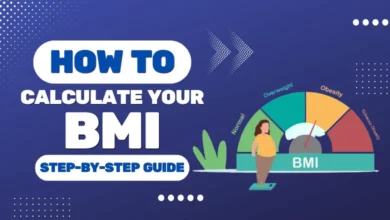Walking for Health and Wellbeing

Keeping fit and healthy does not have to be expensive. Plush gyms stuffed with never used equipment, personal trainers selling rapid weight loss miracles, intermittent fasting gurus making a mint out of instructing people how not to eat anything – sometimes it feels like the world has gone mad!
So here is ONE bit of advice on how to keep fit and healthy – and it won’t cost you a penny. And if it does, it’s only because you’re doing something enjoyable and productive at the same time.
And that one bit of advice… go for a walk.
30 minutes, round the block.
Here’s why walking will help you both physically and mentally.
It gets your heart rate up and helps you to burn some calories. Obviously, the fitter you are, the faster and further you can walk, and that is something that you can increase over time, in your own time. Studies have shown that walking for 30 minutes a day, five days a week can reduce your risk of coronary heart disease by about 19 per cent. The fitter you get – the lower that risk.
Other studies have highlighted that taking a short ‘post prandial’ stroll can help lower blood sugar levels. And yet more studies show that walking can help protect the joints, including your knees and hips. When you walk, you are constantly strengthening your muscles around these joints, and lubricating them. This would indicate that there is truth to that old adage – use it or lose it!
The benefits to your mental health is something that has been highlighted considerably over the last few years, as talk about how to best boost mental health has entered mainstream media. Walking is a great way of boosting energy and improving your mood. As you walk, you increase the flow of oxygen through the body. This subsequently boosts the flow of the energy giving hormones – cortisol, epinephrine and norepinephrine.
In turn these boosts to your energy can lift your mood, and help you stave of feelings of anxiety and depression.
Here’s the thing about walking – it doesn’t need massive amounts of equipment, or special places to go – even a brisk walk round the block during your lunch break will have a positive effect. You do what you can do in the time and space that you have.
When planning days out, look at incorporating walking into those days out. Weekend breaks at different cities are a great way of incorporating walking into your day. Walking is the very best way to see any city, so put on a pair of sneakers and allow yourself to explore different corners. Book onto a walking tour, select a destination at the end of a bus line, then walk back from there. At the end of the weekend you’ll be exhausted, footsore, but you’ll have burnt off any excess calories and be stronger and fitter for it!
The magic number for daily walking is 10,000 steps a day. With Smartphone technology this is easy to measure. Any decent fitness app will count your steps and will be a tangible and visual aide to helping you build up to those 10,000. Many people have commented on how they never realised how little they walk on a daily basis. A sedentary lifestyle behind a computer screen, moving from the car to the office chair then back to the sofa does not promote a healthy, active life.
If you’re just starting out, give yourself small achievable daily targets and build up consistently, but purposefully. Your physical and your mental health will be thanking you.







